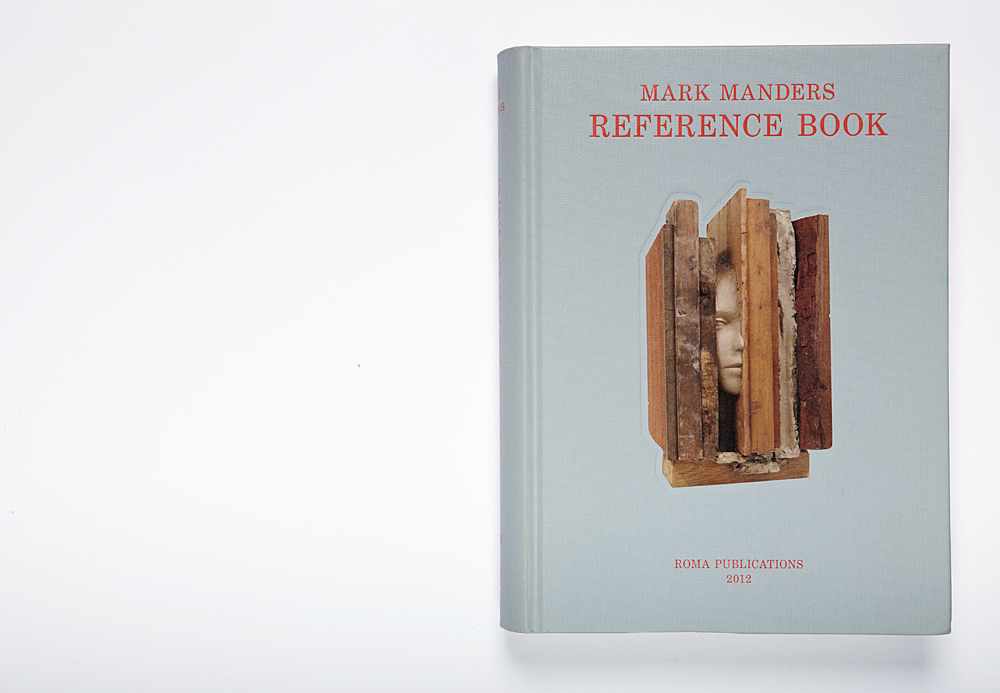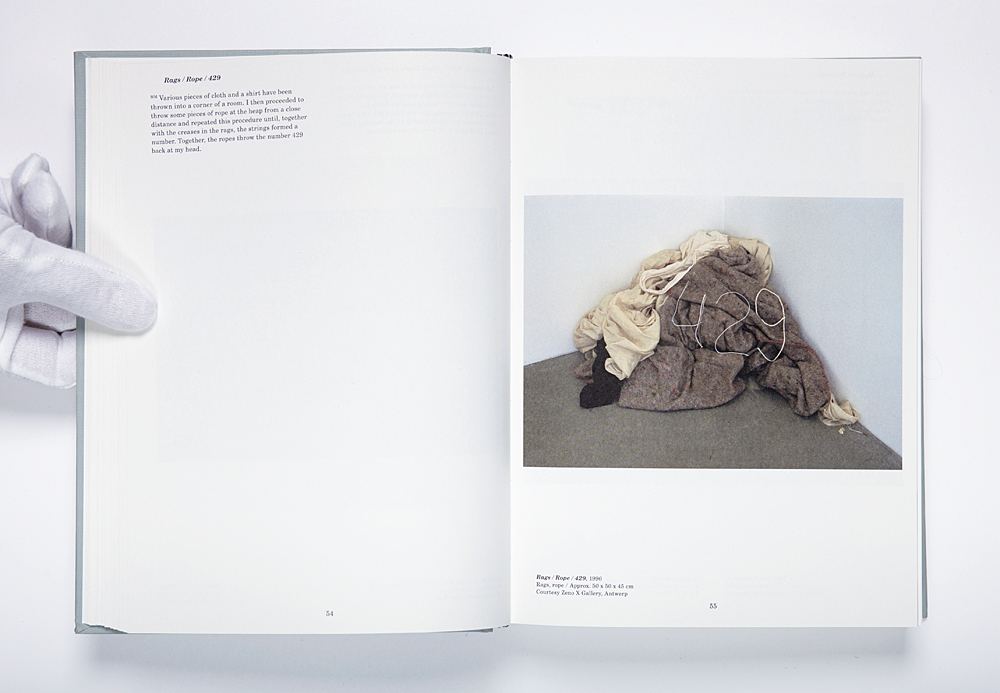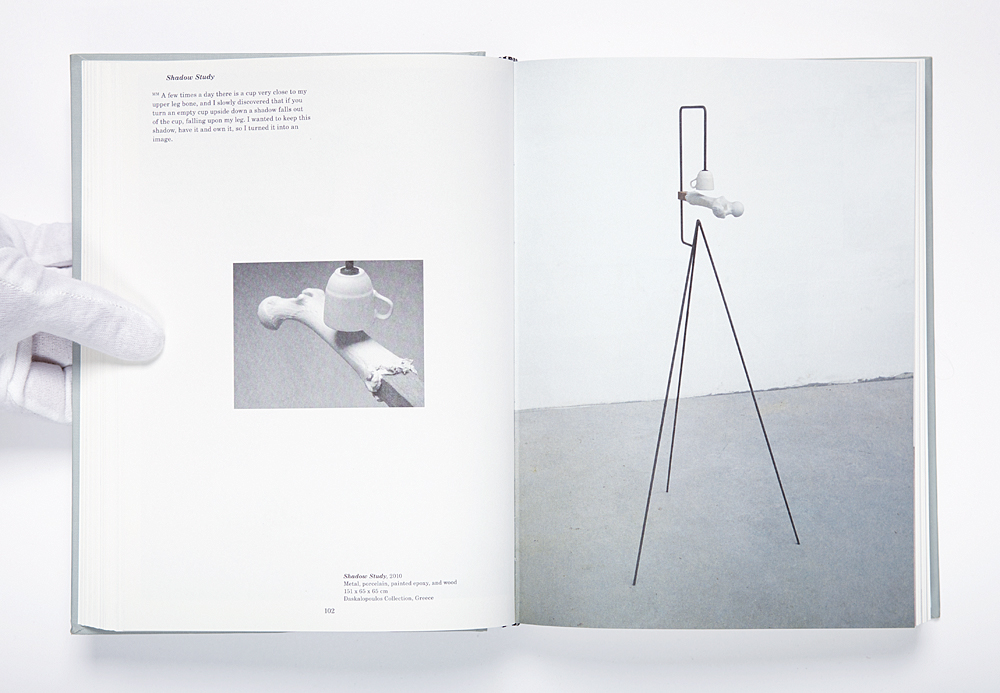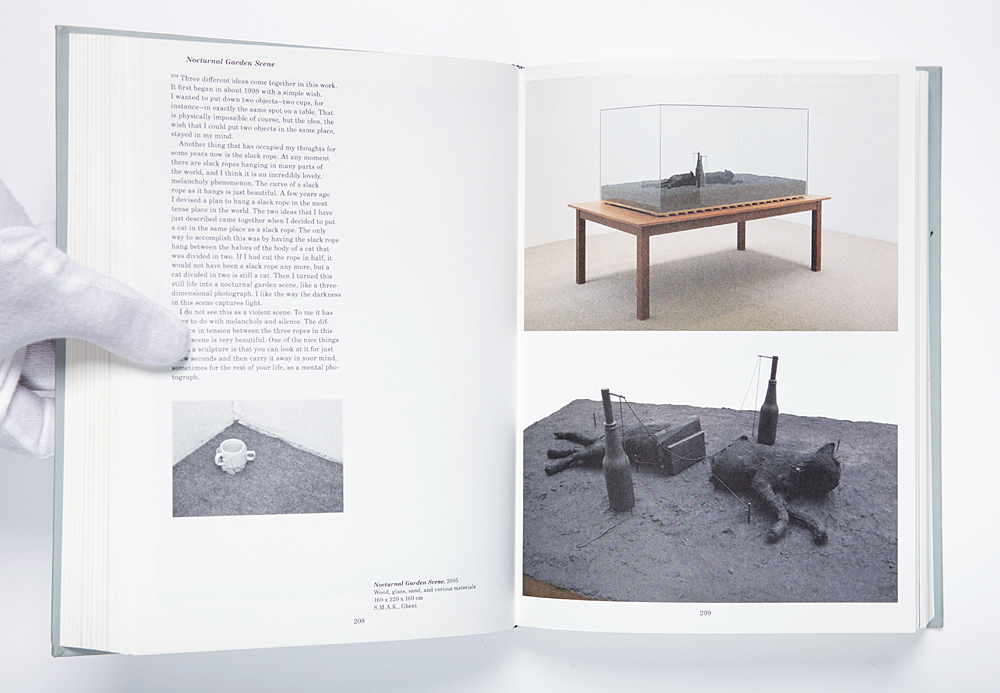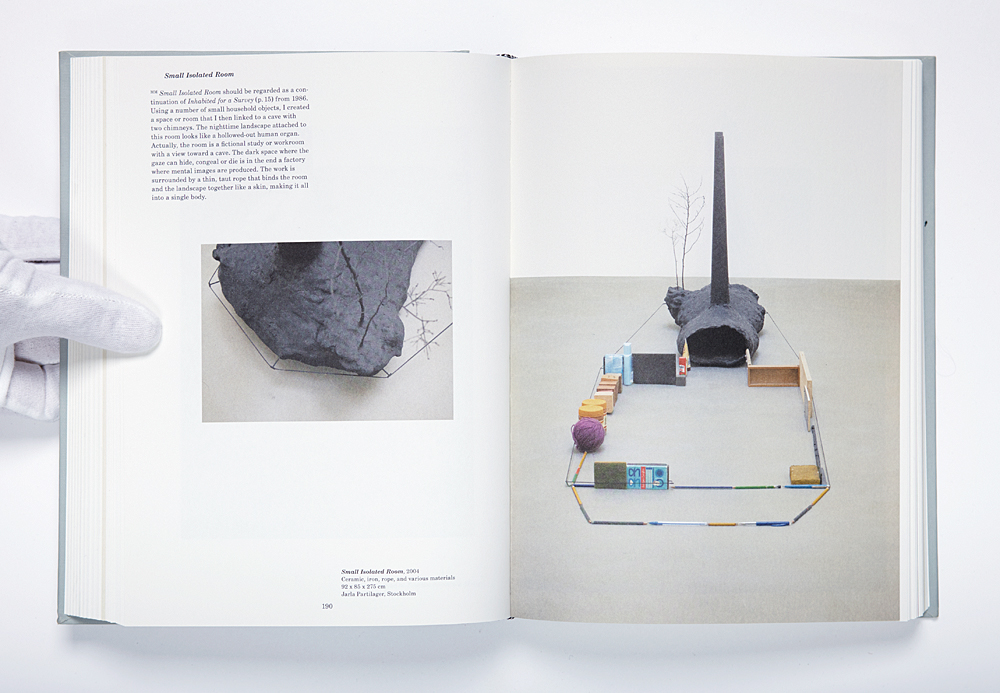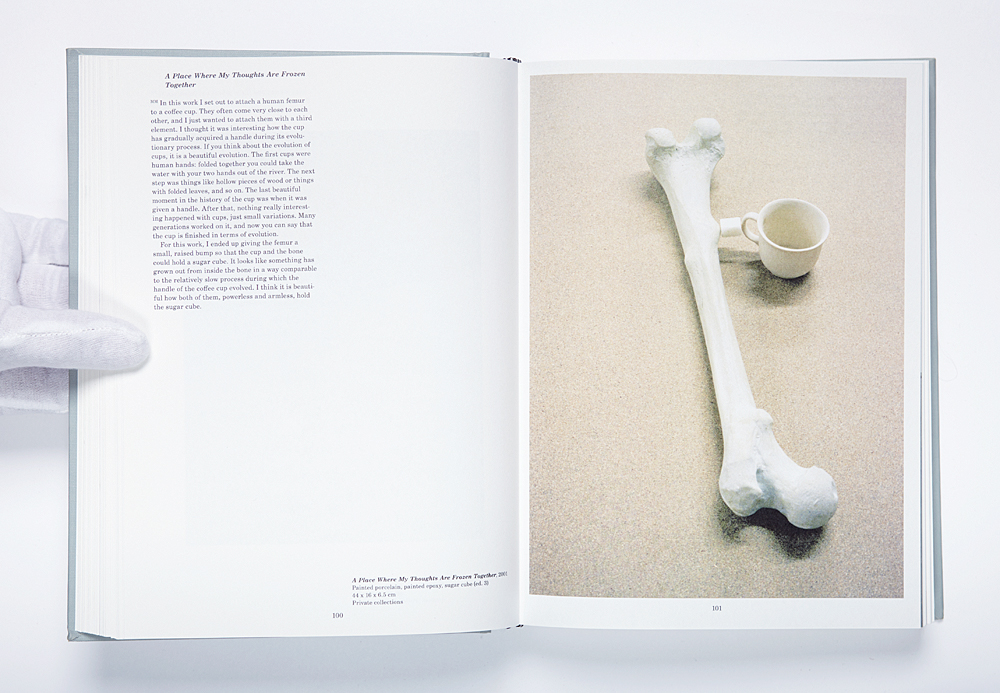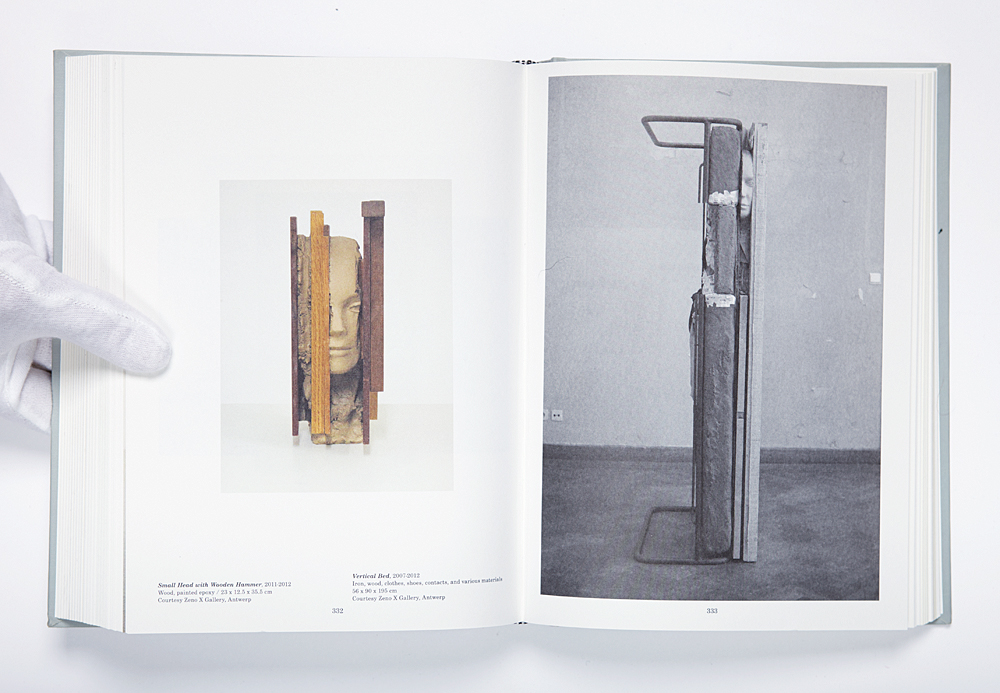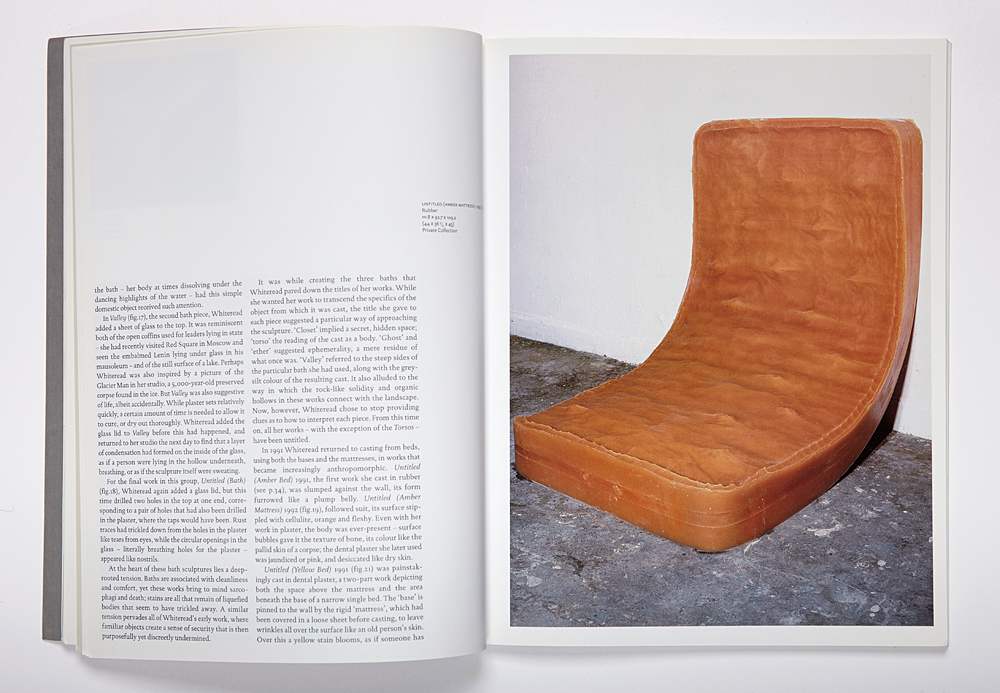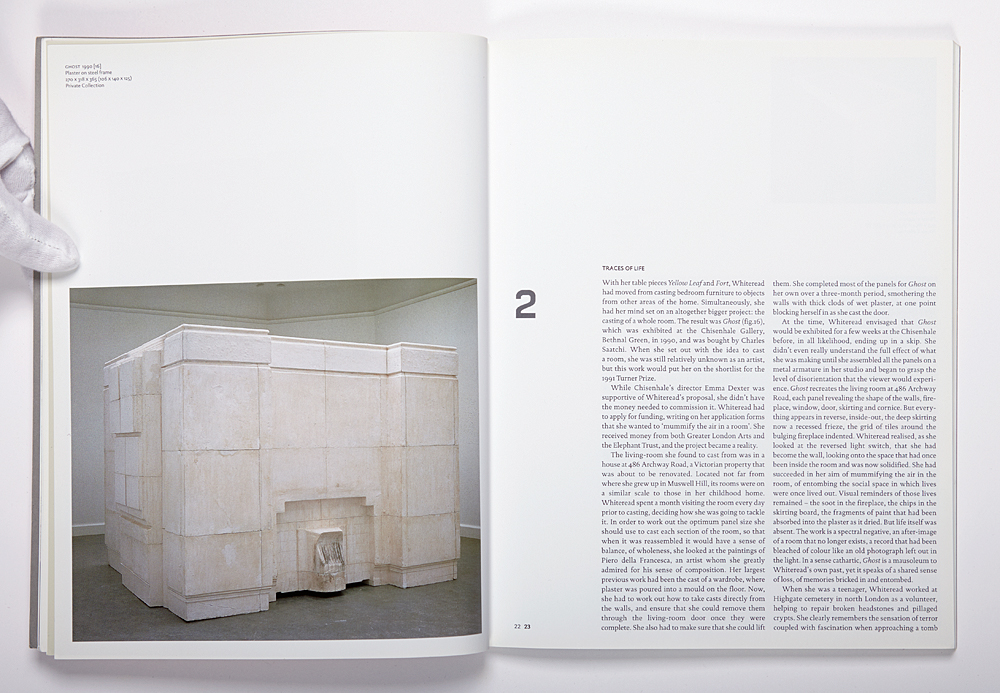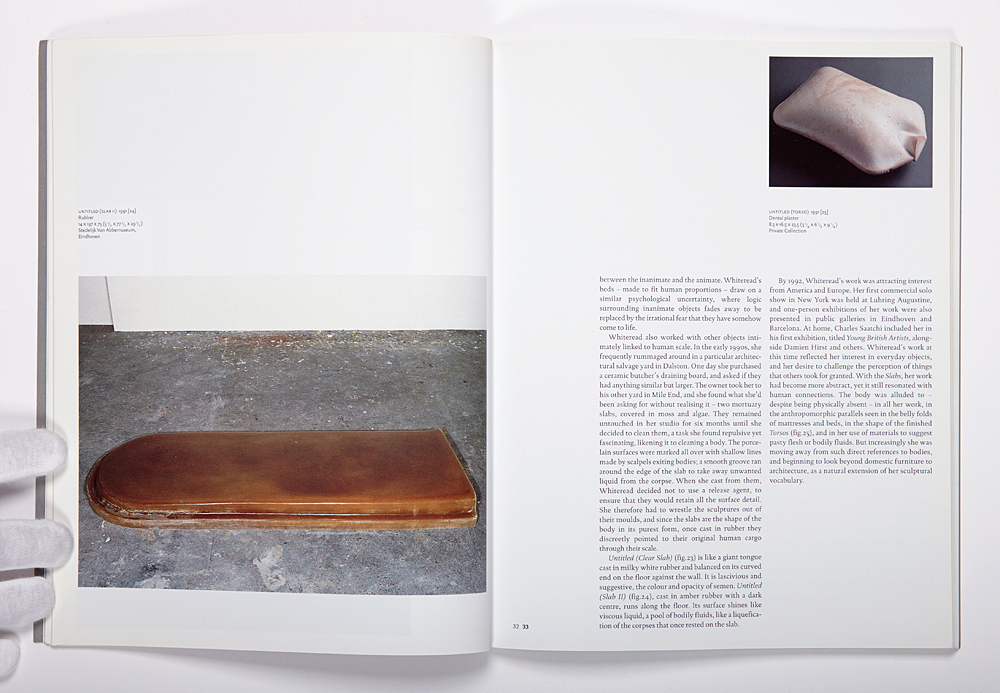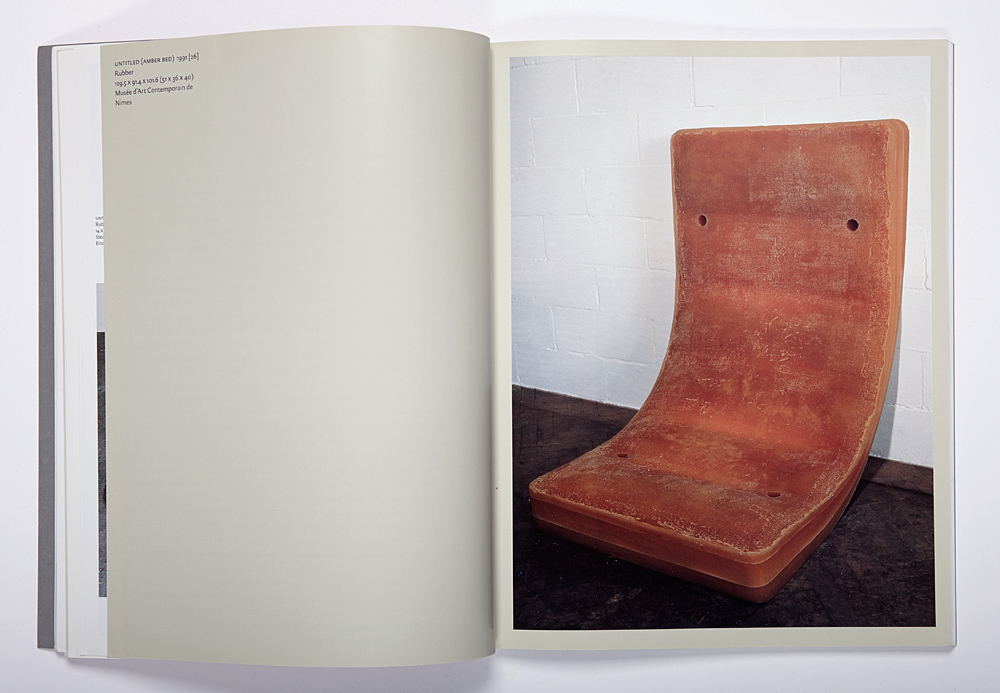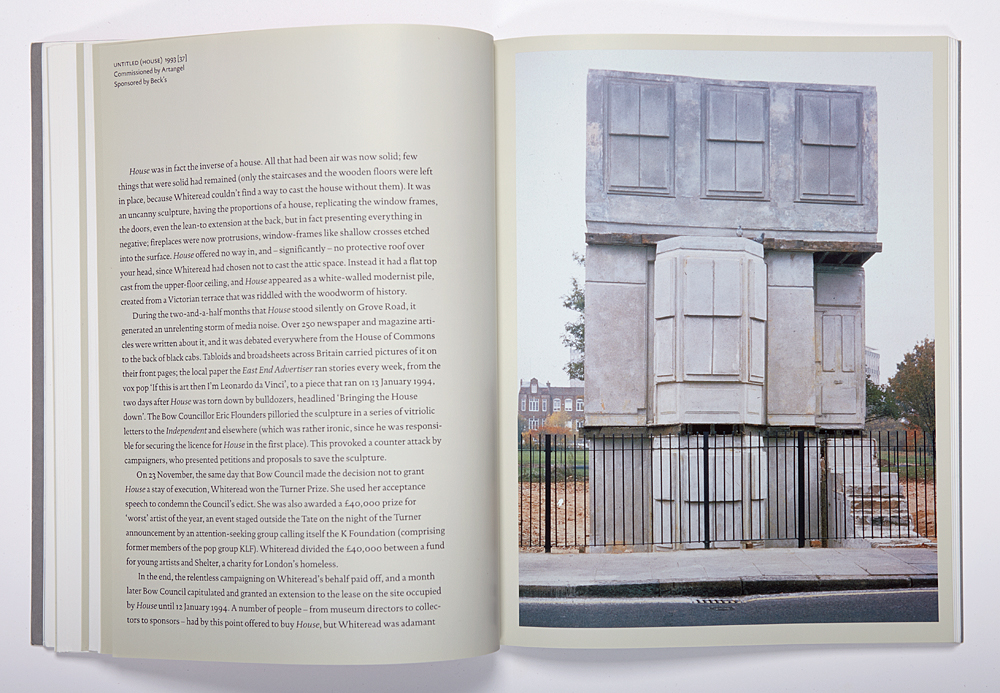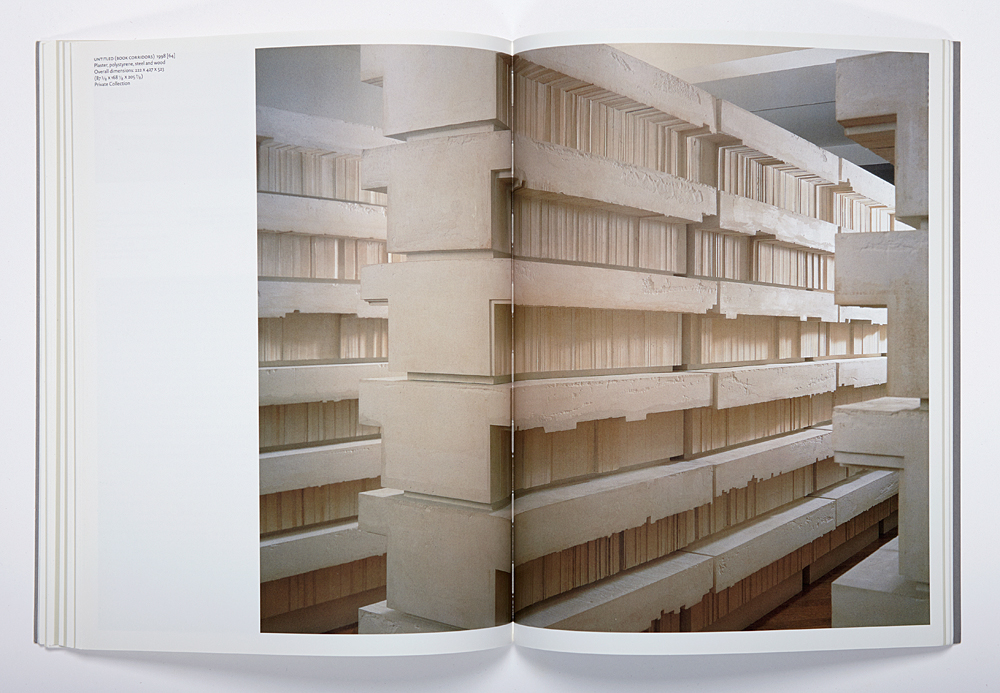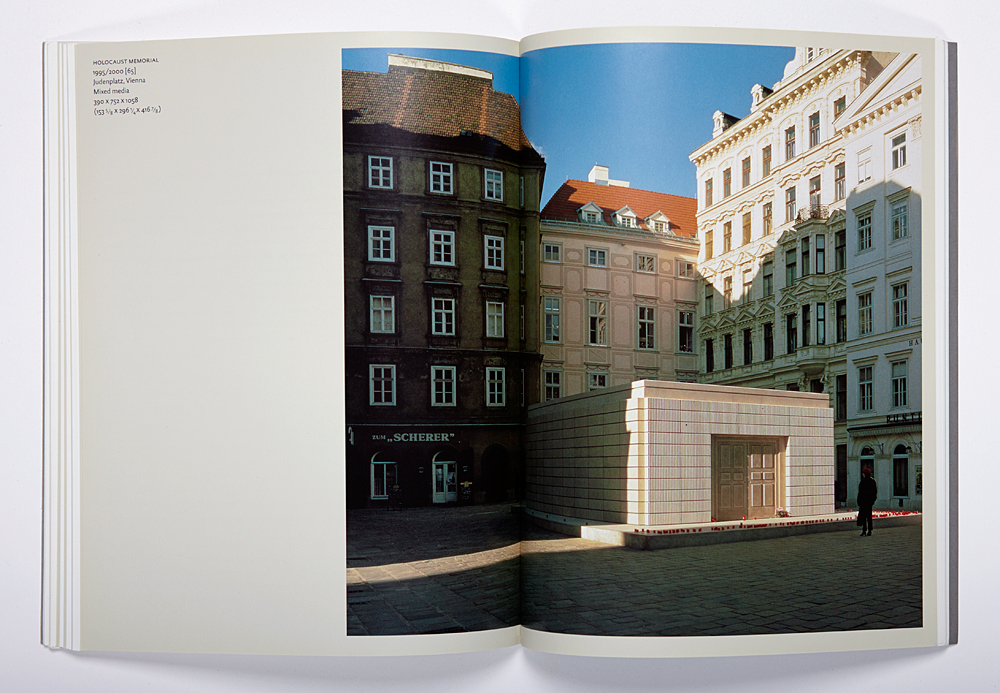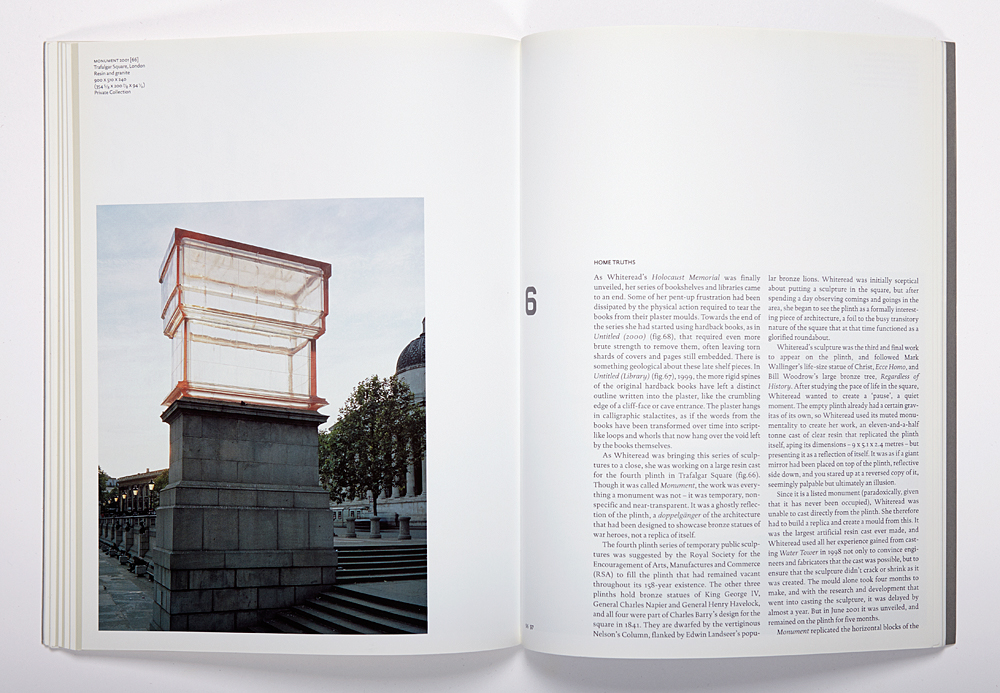Artist Blog
Every week an artist whose single image was published by Der Greif is given a platform in which to blog about contemporary photography.
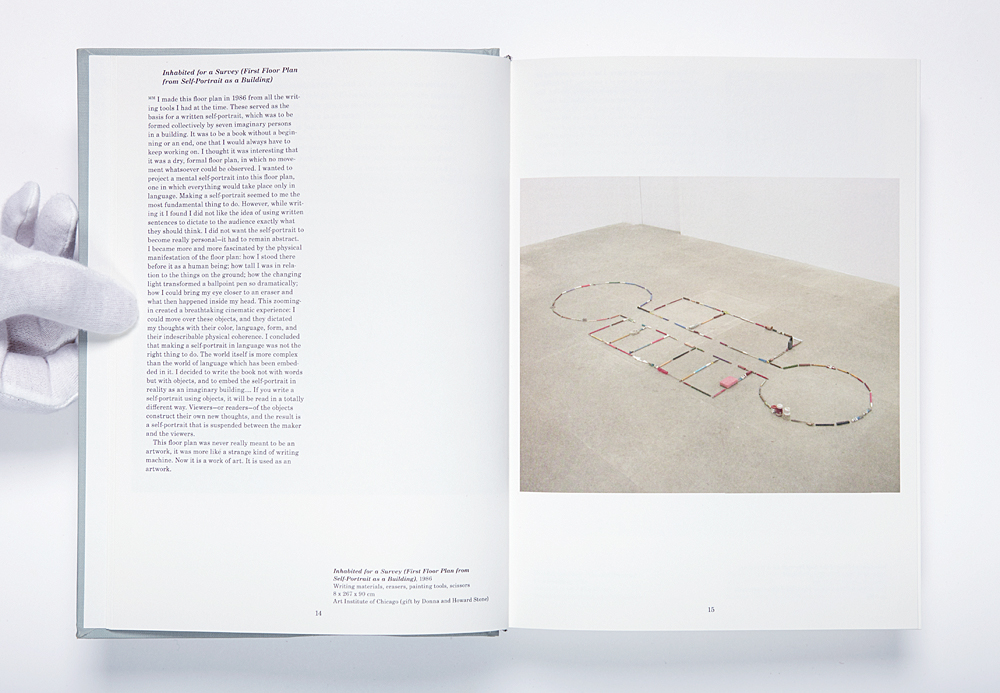
2/14 Mark Manders - Inhabited for a Survey (First Floor Plan from Self-Portrait as a Building), 1986 / writing materials, erasers, painting tools, scissors
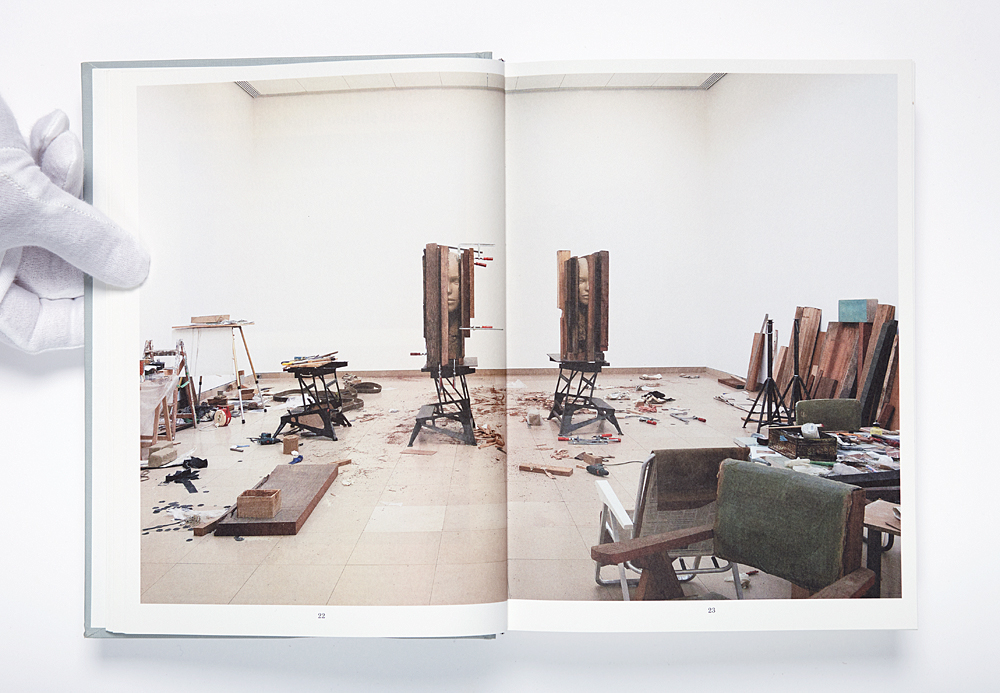
4/14 Mark Manders - Silent Studio, 1992 - 2012 / various materials / Installation at Carré d’Art, Nimes, 2012
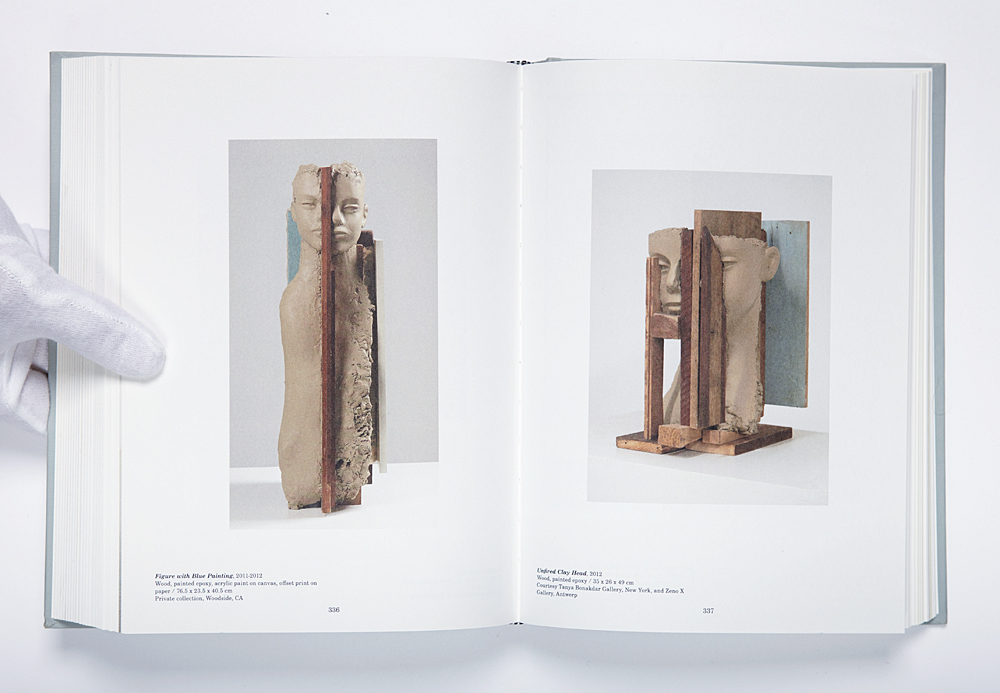
5/14 Mark Manders - Figure with Blue Painting, 2011-2012 / wood, painted epoxy, acrylic paint on canvas, offset print on paper (l) | Unfired Clay Head, 2012 / wood, painted epoxy (r)
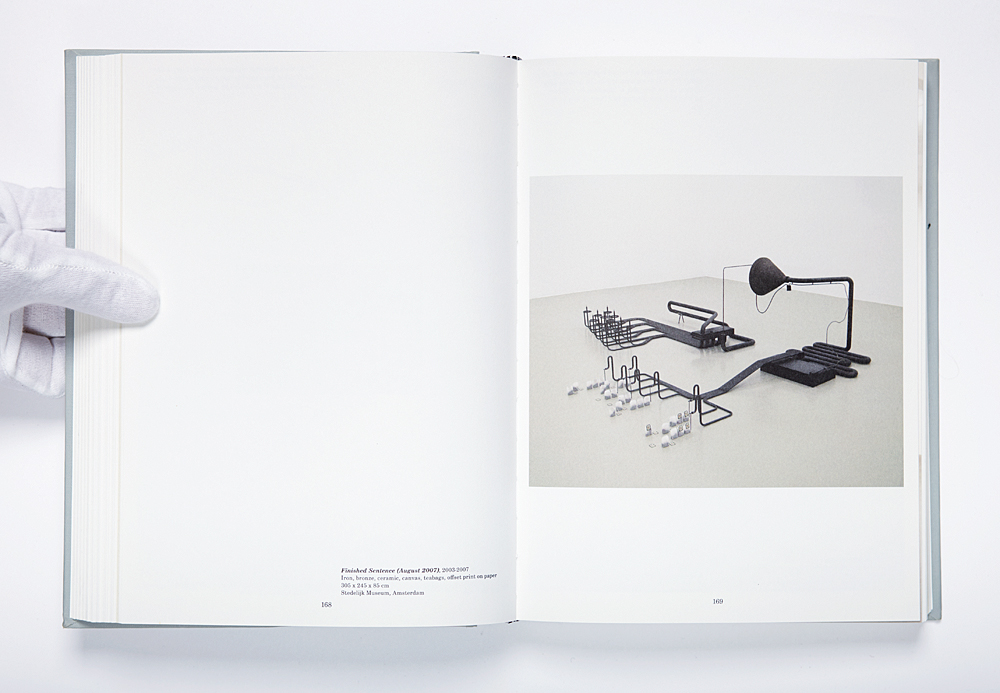
7/14 Mark Manders - Finished Sentence (August 2007), 2003-2007 / iron, bronze, ceramic, canvas, teabags, offset print on paper
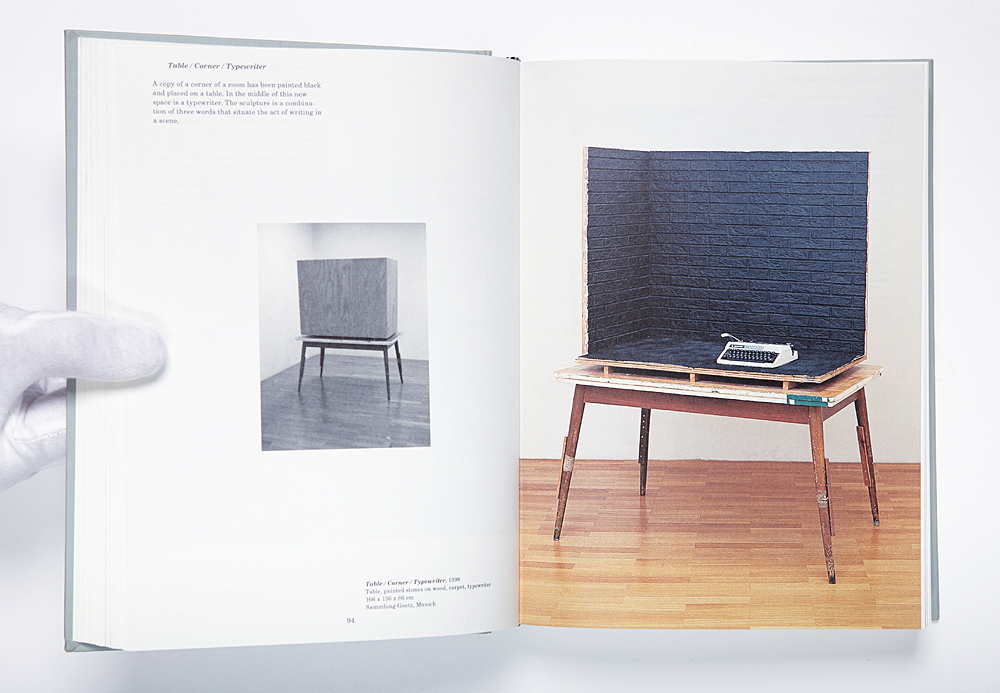
9/14 Mark Manders - Table / Corner / Typewriter, 1998 (back and front) / table, painted stones on wood, carpet, typewriter
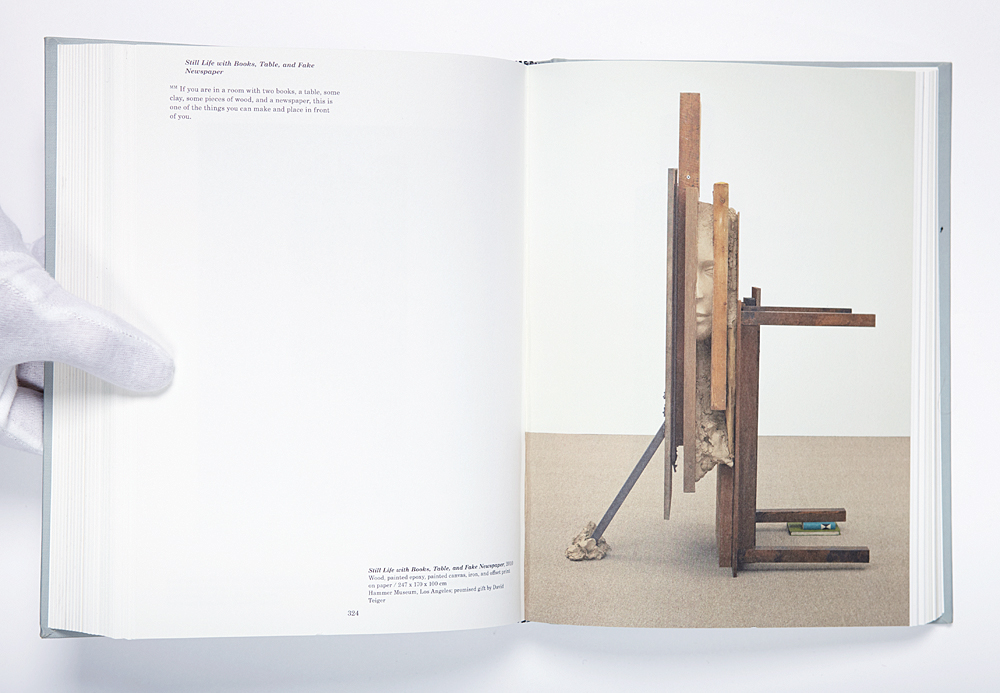
10/14 Mark Manders - Still Life with Books, Table, and Fake Newspaper, 2010 / wood, painted epoxy, painted canvas, iron and offset print on paper
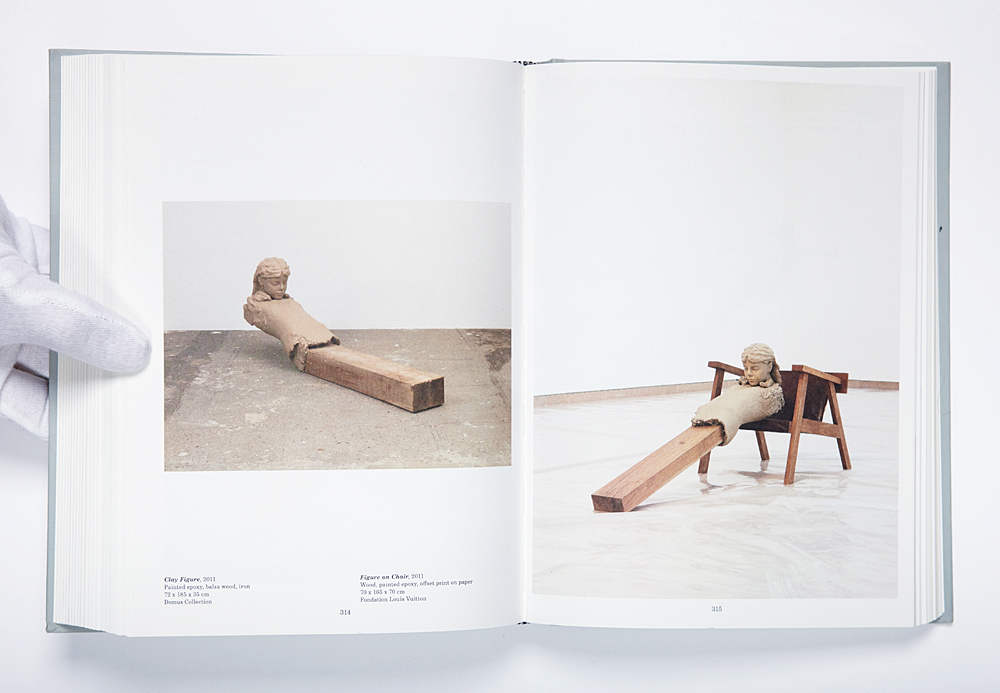
11/14 Mark Manders - Clay Figure, 2011 / painted epoxy, blasa wood, iron (l) | Figure on Chair, 2011 / wood, painted epoxy, offset print on paper (r)
Contemporary Sculpture – Mark Manders & Rachel Whiteread
Mar 06, 2017 - Erik Franssen
Mark Manders
Of course, Mark Manders is a well known Dutch artist, who represented The Netherlands at the Venice Biennale in 2013, but I could not leave him out of my selection. He is one of my favorite artists around at the moment. Manders already produced a huge body of work. He works on different pieces simultaneously and maybe that’s why his sculptures retain this unpolished quality that I really like. He says (in the lecture accompanying this post) that he likes the feeling of a piece that is just made, as if the clay were still wet. And he achieves that goal in painted bronze! His way of presenting in chambers underscores this idea as well.
I can’t remember when I first learned about Manders, but I do remember my attraction to what I felt where a materialization of an artists fragmented thoughts. If you see all his work together in the Reference Book, I get the feeling that I am in his head, a very impressive, busy and slightly disorientating place to travel around in. I am attracted to work that raises questions, that I don’t understand immediately, but instinctively know is good. Originally Manders wanted to be a writer when he created his First Floor Plan from Self-Portrait as a Building made of writing materials, but became more interested in the poetry of objects than of language as a result. The works he produces are all part of this building and are often based on word structures, like Table / Corner / Typewriter, 1998. I also appreciate his use of materials, which have a recognizable quality to them like wood, thin plastic and everyday objects, somehow related to the human body or human condition. Shadow Study for instance came out of the idea that he wanted to own the shadow that falls out of an empty cup, as if it were the most natural thought in the world.
Mark Manders
Roma Publications
Zeno X Gallery
Rachel Whiteread
If I remember correctly I got to know Whiteread’s work when I lived in Berlin and started working on my project concerning the apparent invisibility of the Berlin Wall. For my research I read James E. Young’s book At Memory’s Edge in which he describes the process of selecting a monument for the commemoration of the murder of jews by Germany during World War II and her work Holocaust Memorial at Judenplatz in Vienna came up. The way she translates memories in more or less abstract pieces of art interests me. In a lot of her work she visualizes the absence of what is lost. Her focus lies on the spaces that surround everyday domestic objects very close to us like chairs or beds, but Whiteread doesn’t shy away from big projects like House either.
For me, one of her most compelling works is Untitled (Amber Bed), a cast from the space underneath a bed, for which Whiteread used rubber for the first time. I find it such an emotional piece because of the relationship we all have with beds and mattresses. We sleep in them, we make love in them, we are sick in them. They represent the space we are most vulnerable in and because of the liveliness of the material used and the way it is placed against a wall it almost literally embodies the memory of all these states in a calm and quiet way. Her work touches on the darker things in life, the things or people we lost, and that makes me think of death and how much death is part of being alive.
Another beautiful example of solidified space, for which I have the outmost respect, is her project House, where she took the courages challenge upon herself and her team to cast the inside of a private house soon to be demolished. This resulted in an impressive public sculpture of a building within a building exposing the private space of the home by traces left in the concrete walls. Besides the admirable effort and persistence put into the piece, I love the poetic juxtaposition between the hard concrete exterior and the fragile domestic interior that the work represents. The notion that House doesn’t exist anymore and we’re now left with the memory of a memory (of a memory), makes it even more fascinating.


